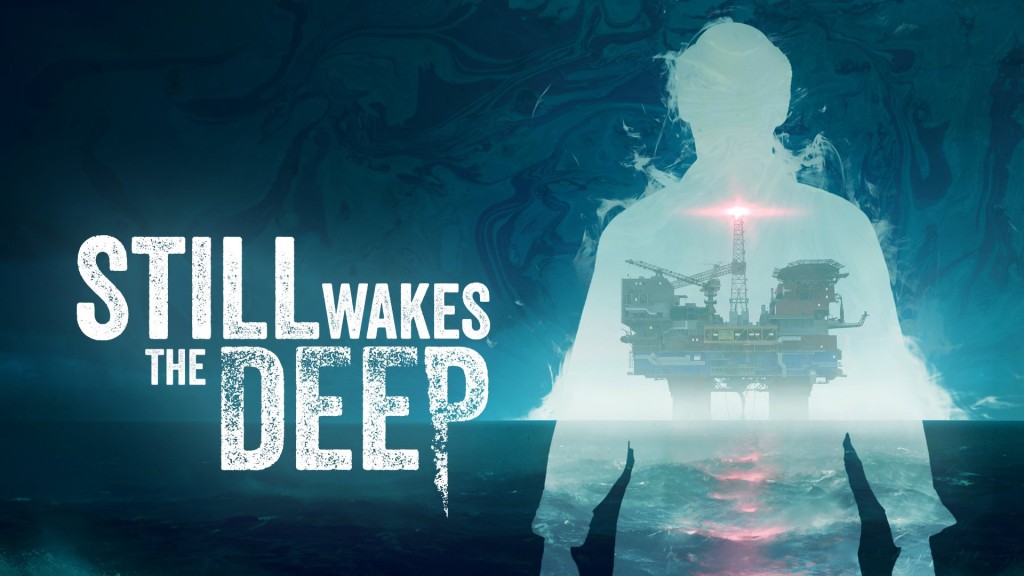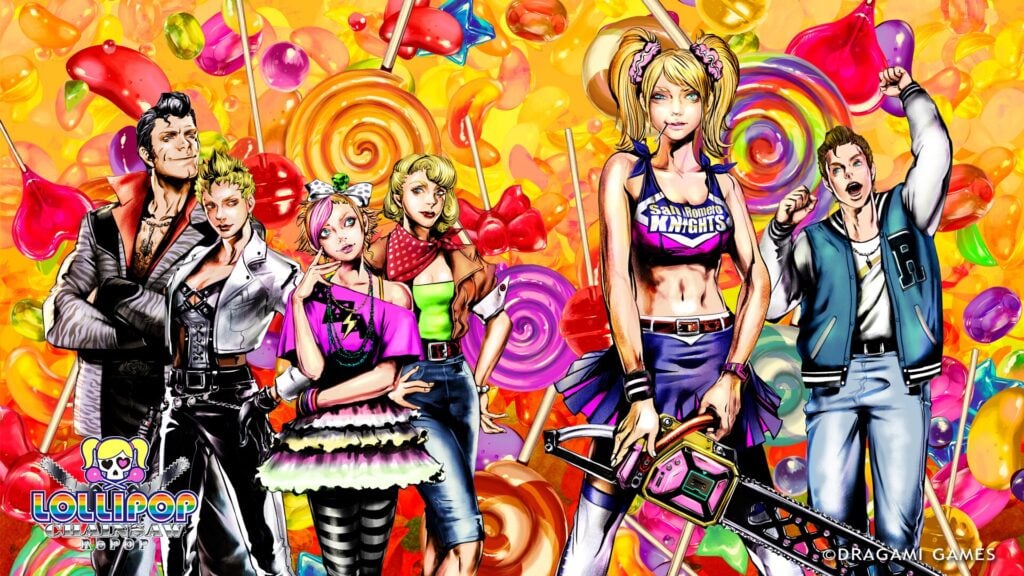Capes is a superhero turn-based strategy game and the debut title from Spitfire Interactive, a small team based in Australia. Capes harkens back to the 80s and 90s comics, when they were still goofy and cheesy but also starting to venture into darker subject matter. Politics, drugs, sex, morality and more started to become themes tackled by writers, heroes came from a wide variety of backgrounds, creeds and beliefs. It was a fun time to be a comic-book reader.
But there’s also another notable source of inspiration for Capes, and that’s Freedom Force, a turn-based superhero game released in 2002 by Irrational Games, spearheaded at the time by industry icon Ken Levine. Morgan Jaffit is one of the writers on Capes, and worked at Irrational when they put out Freedom Force to massive critical acclaim. Sadly though, Freedom Force has kinda been forgotten about over the years.
Release Date: 29/05/2024
Price: £32.99/$39.99
Available On: Xbox One, Xbox Series S/X, PS4, PS5, Switch, PC
Reviewed On: PC
Developed By: Spitfire Interactive
Published By: Daedalic Entertainment
Review code provided by the publsher
Capes takes place in a world where the heroes have already lost. In King City, superheroes (known as capes) have been banned for the last two decades after a mysterious group known as The Company came in and promised to get the masked vigilantes under control. No surprise: The Company is controlled by a bunch of supervillains with less than pure motivations. Anybody exhibiting powers will be hunted down, captured and dragged off to secret facilities. The regular folk that live in the city have seemingly bought into the propaganda and hate the few capes that are still trying to fight the good fight. There’s a little bit of an X-Men vibe going on with the vilification of everyone born with a certain gene.
Exactly how The Company came to hold so much power and why the country’s government and the other heroes leave the city alone is something which is gradually revealed over the course of the game. Something clearly went down, but what was it?
That’s where our group of misfits come in – you’re going to recruit a team of 8 young heroes led by a grizzled veteran called Doctrine who has a long and bloody history with The Company. There’s a natural clash of ideologies here: Doctrine has been through a lot and takes a much more pessimistic view of the war against The Company. While he doesn’t advocate brutal tactics and loss of life for the greater good, he is more willing to accept that not everybody can be saved and that lives may be lost in the fight. He also has no problem with simply killing a captured villain to ensure he won’t come back and cause problems. The younger heroes are more optimistic and take losses far harder, and aren’t too impressed with the legacy they have inherited. They’ve been born into a world that hates them for simply existing, and are forced to fight to survive. Mind you, their reluctance to kill a supervillain at one point in the plot is somewhat laughable when they spent the last few missions throwing people off of buildings to their death.

Unfortunately, I found that the story never really got off the ground. It’s a straightforward tale of good versus bad without some of the more subtle elements from the very comics it draws inspiration from. Of course, being straightforward is not a problem by itself: sometimes it’s nice to have clear bad guys and villains, and a team of good people. But for a story like that you need charismatic, likeable and interesting characters, and Capes roster of heroes are none of those things. They have cool designs but they never get enough time to develop personalities. It’s almost like they each get a single issue of a comic written about them and that’s it. It’s not like there isn’t time either: the middle portion of the game really spins its wheels, making it the perfect time to build the characters and their relationships with each other.
Stop me if you’ve heard this before: each round you get to move your team of four characters around the map and perform actions. Each hero has exactly two action points to spend on attacks and special abilities, and a handful of movement points. These can all be spent in any order you’d like, so you can move, attack and move again before unleashing an ability, or do two actions and then run away etc.
So far, so very turn-based tactical. The comparison to XCOM is almost automatic these days, but it’s not one worth making because Capes is very different. Hell, it’s not even related to Marvel’s Midnight Suns and its randomised cards. There’s no cover system and no random rolls of the dice deciding whether a punch or a bolt of electricity will hit in Capes, so you always know exactly what damage you’ll do. It lets you wade into fights with confidence, which isn’t always for the best because Capes like to throw a lot of goons at you and its easy to get overwhelmed. You know exactly how much damage you can do, exactly how far you can move, exactly how many hits you can land. The only thing you can’t be completely sure of is what the enemy AI might do on its turn.

The heroes themselves and their special powers are therefore, of course, central to how Capes plays. In my initial preview of the game I worried a little that the heroes seemed quite tame compared to the bombastic powers and charisma of classic Marvel and DC characters. I think that’s still fair. This is a generic assortment of hero archetypes, from the speedster to the brawler. Their powers lack much visual flair, likely due to the game’s very dated graphics. It’s serviceable in the gameplay, but during cutscenes when the camera zooms in, the plastic character models and stiff animations are almost distracting. However, this is a small game from a small team, so it’s not a huge issue.
Heroes include the likes of Weathervane who can blast enemies with electricity and gusts of wind; and Ignis, whose whole deal – apart from being an annoying streamer – is setting fire to everything which in turn powers up her Ultimate. Rebound is all about using her teleport to backstab enemies for huge damage before retreating quickly as she can’t take a lot of hits before going down. Mindfire uses his telekinetic powers to hurl debris at foes and can even make them extra vulnerable to attacks for a round. While maybe not the most conceptually exciting heroes, they all slot neatly into their roles and, most importantly, are very different from each other. That means some heroes are far better than others in specific missions, too. I learned that the hard way in a boss fight where the supervillain would replicate when taking damage, which included taking fire damage from Ignis. It didn’t take long before the map was covered in a sea of clones because I hadn’t tightly controlled Ignis’ flames.
A big part of the gameplay are the special team-up moves that let heroes combine abilities and powers into something better. For example, Facet is rather slow moving when he’s armoured up in crystals (he’s the tank you put at the very front) so if he’s near Rebound he can use her teleport to shift across the map quickly. Rebound can also then use Facet’s abiity to summon giant crystals to give her backstab attack a little extra power. Meanwhile, Ignis can lend her flame to Mercurial’s speed, letting her leave a path of flames across the battlefield, while Weathervane can use Facet’s crystals to chain lightening, letting it go further. In fact, so important are these moves that increasing or decreasing the difficulty will actually change the range at which they can be used.

Speaking of which, Capes is a surprisingly brutal game at times, even on the easiest setting. A large part of these savage difficulty spikes is due to to game’s absolute delight in bombarding you with piles of henchmen It has a particular habit of sending in new waves of enemies when missions feel like they should actually be wrapping up, padding out the runtime. They swarm the maps, many of them having special attacks that charge-up and will hit large areas unless disarmed in time. The resulting mess has a habit of removing some of the tactical thinking from the action, although I won’t rule out my own stupidity and inability to keep track of everything as being the issue. With so many bodies on the screen, it can feel less like carefully analysing which stone to remove to bring down the wall, and more like hitting stuff until you happen on the right one. I’d often lose fights and replay them, only to be left unsure as to why I won this time versus the last. Amidst the chaos, I guess I just stumbled upon the right enemy at the right time or got a little luckier on who they focused on, but I don’t like that feeling of not knowing what worked.
Other missions are more balanced between chaos and strategy, like carefully moving enemies into place for Kinetic’s Ultimate to slam two of them off a ledge. Facet is a particularly useful hero because his Growth skill can be used to block pathways and doors, giving you time to deal with one group of foes while the other group has to go the long way round. He’s also the only real tank in the game, which makes him vital when there are so many enemies on the screen. It’s these missions with smaller enemy counts I like most, when the action focuses in on smartly combining abilities, positioning and forward thinking rather than battling what feels like dozens upon dozens of bad guys. And thankfully, while there were a a few frustrating missions, most of them did let me focus on that tactical thinking and were heaps of fun.
As you successfully smash through legions of thugs and the occasional supervillain, heroes will gather XP, opening upgrades to existing powers and few entirely new abilities for you to purchase using SP. You can’t radically alter a heroes function on the battlefield, but you can tweak them just a little bit to your liking. Going back and replaying old missions to complete optional objectives for more SP is fairly important, especially when you recruit a new hero as they start at level 1. This does add some artificial padding to a campaign which already feels a bit too long at around 20-30 hours

Outside of the turn-based heroics, Capes is mean and lean. Between missions you get to head back to an underground lair that was once the headquarters of big-league superheroes but is now like a dorm for a bunch of kids with questionable fashion sense. You can head out on patrol missions and replay past missions in order to get more points to spend on levelling up heroes, but the lair itself never comes into play, which is surprising. Upon being introduced to the place, I was kind of expecting some XCOM style base-building or at least being able to customise it a little. Sadly, it’s nothing more than a backdrop to dialogue between the heroes.
The lack of customisation also extends to the heroes themselves. You can’t create a hero yourself, and you can’t change up the costumes they wear, a real bummer for the fashion conscious among you hoping to have everyone in matching gear..
But we need to be fair to the developers: working on what I assume to be a relatively tight budget, it makes sense to focus on the core gameplay rather than spreading resources thin. And while I don’t think the writing is strong, it’s clear they also wanted to focus on heroes they created from the ground up so that they could attempt to tell interesting stories with them, rather than trying to awkwardly tip-toe around weirdly named player creations.
Conclusion
While Capes might be less Avengers and more West Coast Avengers in terms of its presentation and budget, underneath those plastic faces lies a really fun turn-based tactics game. The story may not reach the highs of comic book greatness but it’s still a decent time. It’s the gameplay where Capes shines though. Sometimes it can be a bit too heavy-handed with the enemy count, but when you’re in the middle of the fray punching bad guys off of ledges, powering up Ultimates and combining abilities, it’s a damn good time.





